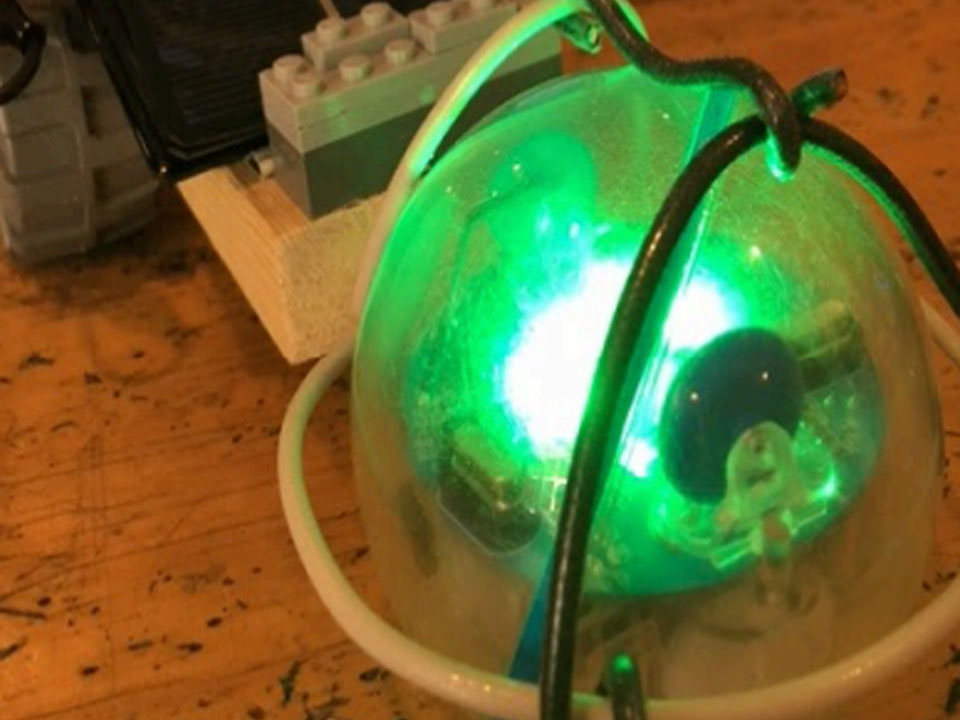Learning Goals
Learning Goals:
- Students will determine how to create various types of circuits in order to power loads with different electric needs.
- Students will identify the electric needs of a Sphero charger and build a circuit needed to charge this device.
Materials List
Classroom Supplies
- Light Source (e.g. 250 Watt halogen work light)
- Classroom set of SPRK+s and chargers
Group Supplies (3-4 per group)
- Snap Circuits kit
- 6 2-Volt photovoltaic modules (or combination that adds up to 2 Volts)
- Micro USB cable with alligator lead attachment
Important Links

